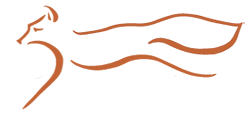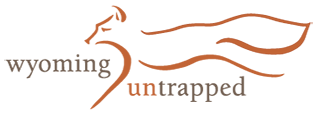Programs
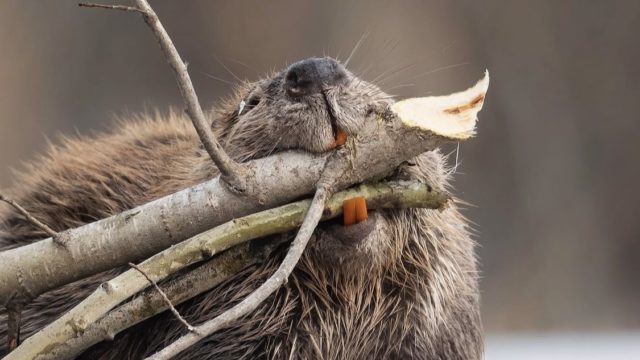
Beaver “Dam Cam”
Take a glimpse into the world created by beavers
The American Beaver (Castor canadensis) is considered a keystone species due to its ecosystem engineering capabilities. It is well known that beavers create dams, however, fewer people understand the magnitude and cascading ecosystem effects involved in a well-established beaver complex. Beaver-created habitats provide resources that directly and indirectly affect many other species. The “Dam Cam” gives us a glimpse into a world created by beavers and home to many.

Beaver “Dam Cam”
Take a glimpse into the world created by beavers
The American Beaver (Castor canadensis) is considered a keystone species due to its ecosystem engineering capabilities. It is well known that beavers create dams, however, fewer people understand the magnitude and cascading ecosystem effects involved in a well-established beaver complex. Beaver-created habitats provide resources that directly and indirectly affect many other species. The “Dam Cam” gives us a glimpse into a world created by beavers and home to many.
SNARE AWARE WYOMING
Our beautiful Wyoming landscapes are littered with thousands of lethal steel snares, every day of the year. They are cheap, lightweight, easy to use, and they can catch lots of different kinds of fur-bearing animals. What makes these snares so pernicious is that they trap animals indiscriminately, killing and maiming endangered and threatened species, even if they are not the primary target of the snares. We need to put an immediate end to how neck snares are choking our wildlife to death in this country.
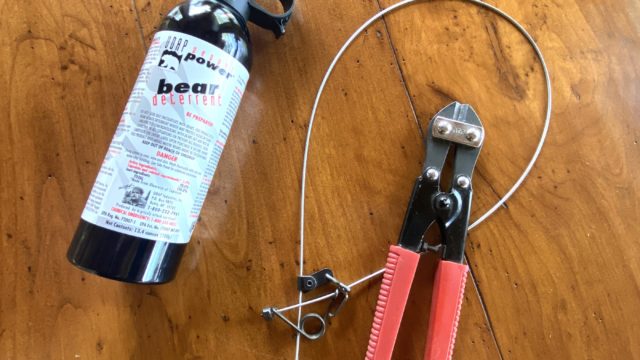

SNARE AWARE
Our beautiful Wyoming landscapes are littered with thousands of lethal steel snares, every day of the year. They are cheap, lightweight, easy to use, and they can catch lots of different kinds of fur-bearing animals. What makes these snares so pernicious is that they trap animals indiscriminately, killing and maiming endangered and threatened species, even if they are not the primary target of the snares. We need to put an immediate end to how neck snares are choking our wildlife to death in this country.
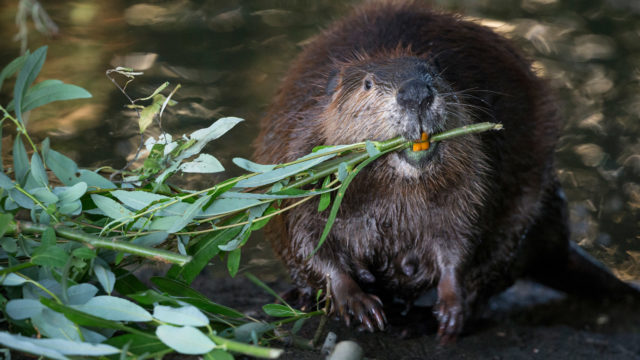
Beavers: Ecosystem Engineers
Enriching the Health of Wyoming’s Landscape
Historically beavers have been nearly extirpated around Jackson Hole as trappers forged westward and harvested the animals for pelts. Grazing has also had a significant impact on the wetlands of the Bridger-Teton National Forest. Beavers are a species that can be reintroduced to areas in order to create more wetlands and enhance already existing wetlands. We hope to bring together many different community partners in order to re-establish beaver populations in the Bridger-Teton National Forest while at the same time raising awareness of the ecological importance of beavers to the public.

Beavers: Ecosystem Engineers
Enriching the Health of wyoming’s landscape
Historically beavers have been nearly extirpated around Jackson Hole as trappers forged westward and harvested the animals for pelts. Grazing has also had a significant impact on the wetlands of the Bridger-Teton National Forest. Beavers are a species that can be reintroduced to areas in order to create more wetlands and enhance already existing wetlands. We hope to bring together many different community partners in order to re-establish beaver populations in the Bridger-Teton National Forest while at the same time raising awareness of the ecological importance of beavers to the public.
Engagement Through Film
Certain species are trapped on public land without limit, population study, or monitoring of capture or kill rates. These animals are critical to healthy environments, economies, and the mitigation of climate change effects, such as wildfires.
Our Engagement Through Film program includes the development of five, 1.5-minute film clips, each featuring an animal that is trapped without limit or population monitoring. The clips highlight the critical role the species plays and how unlimited trapping of this animal adversely affects us all.
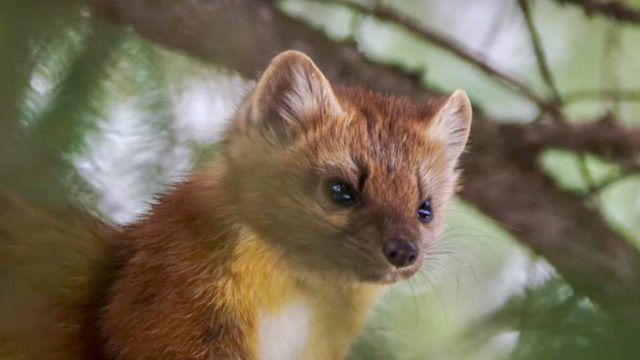

Engagement Through Film
Certain species are trapped on public land without limit, population study, or monitoring of capture or kill rates. These animals are critical to healthy environments, economies, and the mitigation of climate change effects, such as wildfires.
Our Engagement Through Film program includes the development of five, 1.5-minute film clips, each featuring an animal that is trapped without limit or population monitoring. The clips highlight the critical role the species plays and how unlimited trapping of this animal adversely affects us all.
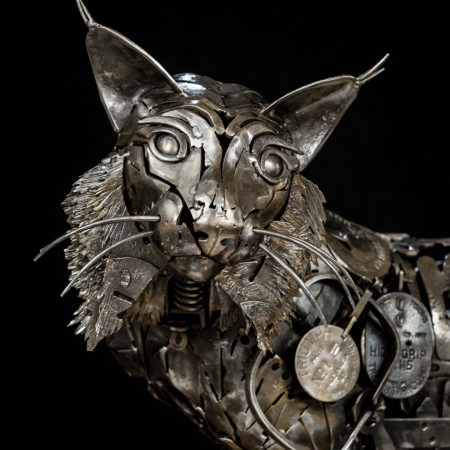
Awareness Through Art
We envision that these art programs will touch people everywhere. Will move them. When we are moved, we are transported to a new place that is, nevertheless, strongly rooted in a physical experience, in our bodies. We become aware of a feeling that may not be unfamiliar to us but which we did not actively focus on before. This transformative experience, to understand the meaning of being “untrapped”, is what we hope the public will find.

Awareness Through Art
We envision that these art programs will touch people everywhere. Will move them. When we are moved, we are transported to a new place that is, nevertheless, strongly rooted in a physical experience, in our bodies. We become aware of a feeling that may not be unfamiliar to us but which we did not actively focus on before. This transformative experience, to understand the meaning of being “untrapped”, is what we hope the public will find.
What is the value of a bobcat in $?
Wyoming Untrapped has partnered with Panthera, an organization focused on the preservation of felines worldwide, to quantify the economic value of a single bobcat to the economy of Wyoming and the Greater Yellowstone Ecosystem. The study published in June of 2017 in Biodiversity and Conservation details the methods and outcomes of this joint project. Click below to read more about the study and our efforts to reform the bobcat trapping laws in Wyoming.
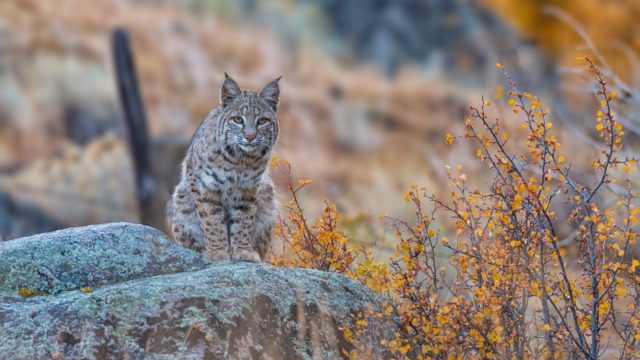

What is the value of a bobcat in $?
Wyoming Untrapped has partnered with Panthera, an organization focused on the preservation of felines worldwide, to quantify the economic value of a single bobcat to the economy of Wyoming and the Greater Yellowstone Ecosystem. The study published in June of 2017 in Biodiversity and Conservation details the methods and outcomes of this joint project. Click below to read more about the study and our efforts to reform the bobcat trapping laws in Wyoming.
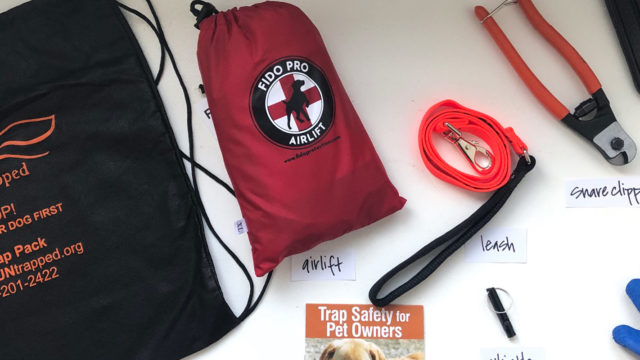
UNtrap Packs
Tool kit to Release Animals Caught in Traps or Snares
Following a recent Trap Release Workshop with 100+ attendees in Jackson, WY, Wyoming Untrapped has responded to public request to assemble UNtrap Packs (for a minimal cost) with the necessary tools to release your pet if it is caught in a leghold, snare, or Conibear. These tools could save your pet’s life. Please know what to do!

UNtrap Packs
Tool kit to Release Animals Caught in Traps or Snares
Following a recent Trap Release Workshop with 100+ attendees in Jackson, WY, Wyoming Untrapped has responded to public request to assemble UNtrap Packs (for a minimal cost) with the necessary tools to release your pet if it is caught in a leghold, snare, or Conibear. These tools could save your pet’s life. Please know what to do!
Trap Release Workshops
In order to bring about awareness of the dangers that traps pose to pets and people on public trails, Wyoming Untrapped hosts pet safety trap-release workshops statewide. These workshops teach people about the specific laws and regulations regarding trapping in Wyoming and give participants hands-on experience working with a variety of traps in order to save their pets if ever caught. With traps allowed on nearly all public trails in Wyoming, these workshops provide the necessary information to save pets’ lives.
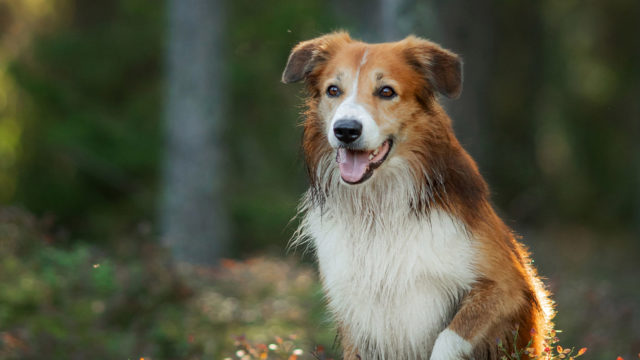

Trap Release Workshops
In order to bring about awareness of the dangers that traps pose to pets and people on public trails, Wyoming Untrapped hosts pet safety trap-release workshops statewide. These workshops teach people about the specific laws and regulations regarding trapping in Wyoming and give participants hands-on experience working with a variety of traps in order to save their pets if ever caught. With traps allowed on nearly all public trails in Wyoming, these workshops provide the necessary information to save pets’ lives.
